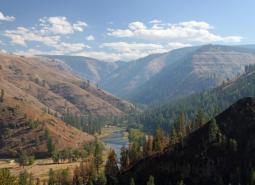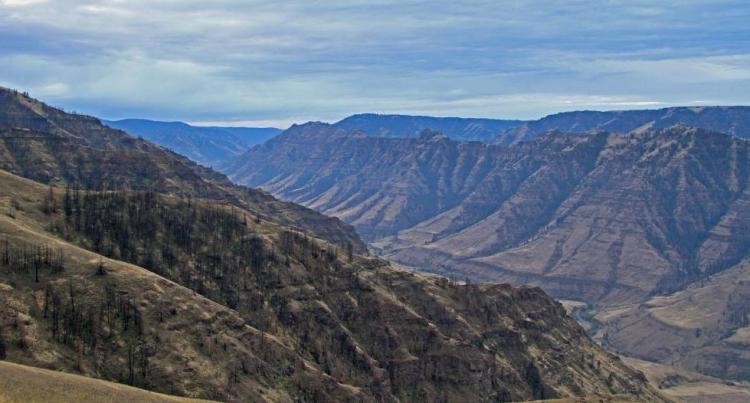
Follows canyons along the Snake River from Hwy 86 north to the ecoregion boundary
COA ID: 161
Ecoregions
Strategy Habitats
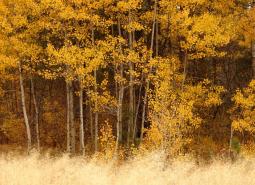
Aspen Woodlands
Aspen woodlands are woodland or forest communities, dominated by aspen trees with a forb, grass, or shrub understory. Aspen woodlands can also occur within conifer forests.
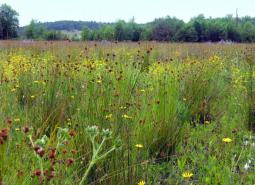
Grasslands
Grasslands include a variety of upland grass-dominated habitats, such as upland prairies, coastal bluffs, and montane grasslands.
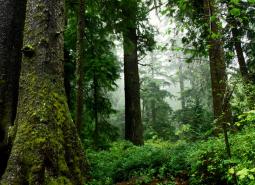
Late Successional Mixed Conifer Forests
Late successional mixed conifer forests provide a multi-layered tree canopy, including large-diameter trees, shade-tolerant tree species in the understory, and a high volume of dead wood, such as snags and logs.
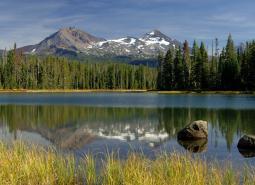
Natural Lakes
Natural lakes are relatively large bodies of freshwater surrounded by land. For the purposes of the Conservation Strategy, natural lakes are defined as standing water bodies larger than 20 acres, including some seasonal lakes.
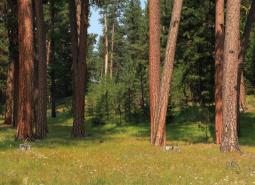
Ponderosa Pine Woodlands
Ponderosa pine woodlands are dominated by ponderosa pine, but may also have lodgepole pine, western juniper, aspen, western larch, grand fir, Douglas-fir, mountain mahogany, incense cedar, sugar pine, or white fir, depending on ecoregion and site conditions. Their understories are variable combinations of shrubs, herbaceous plants, and grasses.
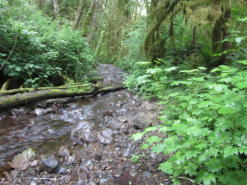
Flowing Water and Riparian Habitats
Flowing Water and Riparian Habitats include all naturally occurring flowing freshwater streams and rivers throughout Oregon as well as the adjacent riparian habitat.
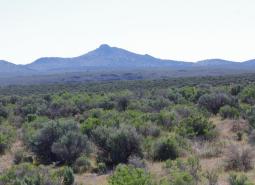
Sagebrush Habitats
Sagebrush habitats include all sagebrush steppe- and shrubland-dominated communities found east of the Cascade Mountains.
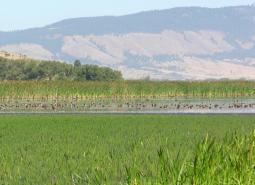
Wetlands
Wetlands are covered with water during all or part of the year. Permanently wet habitats include backwater sloughs, oxbow lakes, and marshes, while seasonally wet habitats include seasonal ponds, vernal pools, and wet prairies.
Strategy Species
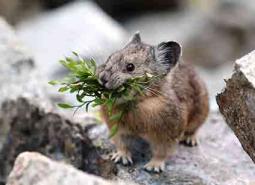
American Pika (Modeled Habitat)
Ochotona princeps
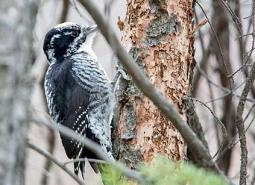
American Three-toed Woodpecker (Modeled Habitat)
Picoides dorsalis
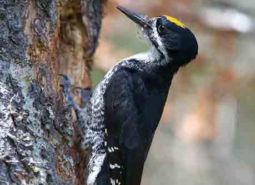
Black-backed Woodpecker (Modeled Habitat)
Picoides arcticus
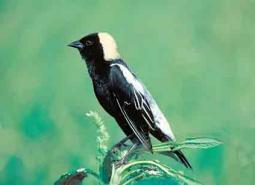
Bobolink (Modeled Habitat)
Dolichonyx oryzivorus
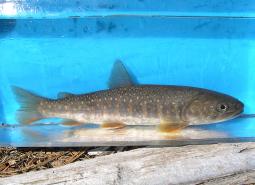
Bull Trout (Documented)
Salvelinus confluentus
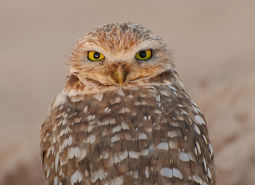
Burrowing Owl (Observed)
Athene cunicularia hypugaea
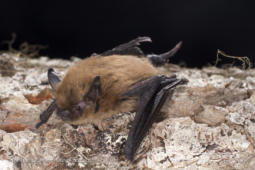
California Myotis (Observed)
Myotis californicus
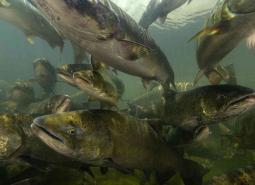
Chinook Salmon (Documented)
Oncorhynchus tshawytscha
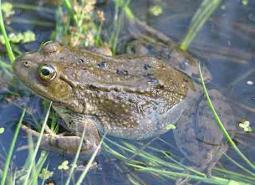
Columbia Spotted Frog (Modeled Habitat)
Rana luteiventris
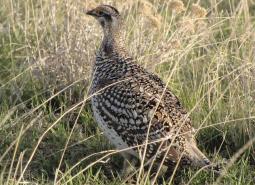
Columbian Sharp-tailed Grouse (Observed)
Tympanuchus phasianellus columbianus
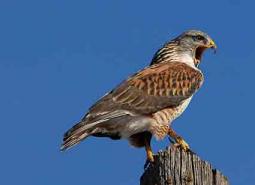
Ferruginous Hawk (Observed)
Buteo regalis
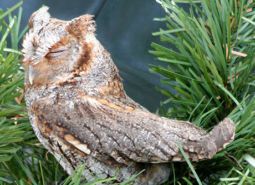
Flammulated Owl (Observed)
Psiloscops flammeolus
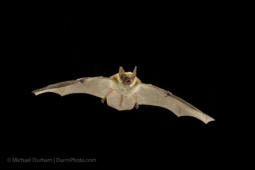
Fringed Myotis (Observed)
Myotis thysanodes
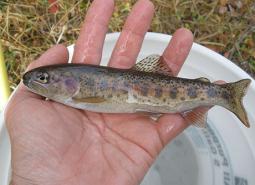
Great Basin Redband Trout (Documented)
Oncorhynchus mykiss newberrii
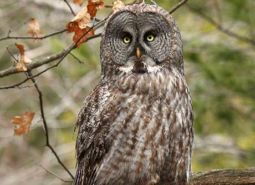
Great Gray Owl (Observed)
Strix nebulosa
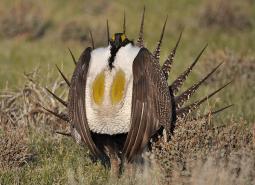
Greater Sage-Grouse (Modeled Habitat)
Centrocercus urophasianus
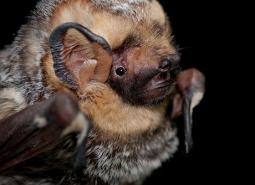
Hoary Bat (Observed)
Lasiurus cinereus
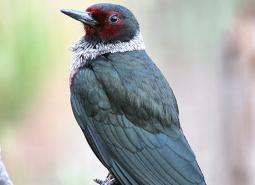
Lewis’s Woodpecker (Observed)
Melanerpes lewis
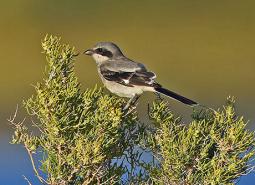
Loggerhead Shrike (Observed)
Lanius ludovicianus
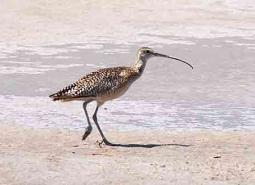
Long-billed Curlew (Observed)
Numenius americanus
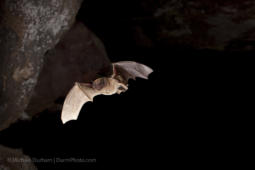
Long-legged Myotis (Observed)
Myotis volans
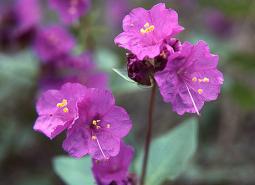
Macfarlane’s Four o’Clock (Observed)
Mirabilis macfarlanei
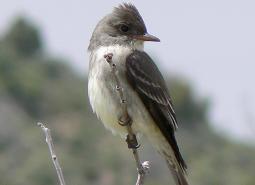
Olive-sided Flycatcher (Observed)
Contopus cooperi
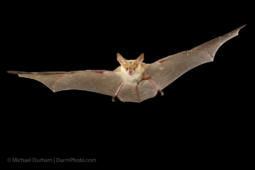
Pallid Bat (Modeled Habitat)
Antrozous pallidus
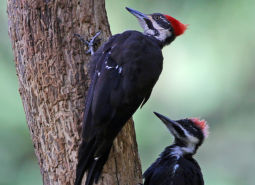
Pileated Woodpecker (Observed)
Dryocopus pileatus
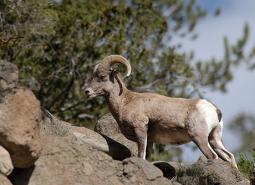
Rocky Mountain Bighorn Sheep (Observed)
Ovis canadensis canadensis
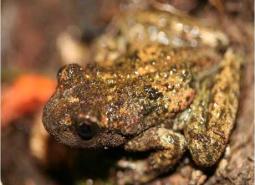
Rocky Mountain Tailed Frog (Observed)
Ascaphus montanus
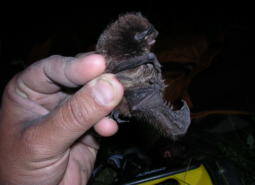
Silver-haired Bat (Observed)
Lasionycteris noctivagans
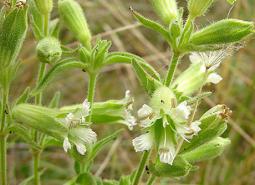
Spalding’s Campion (Observed)
Silene spaldingii
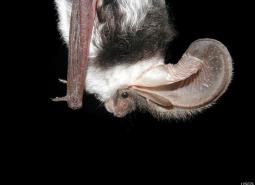
Spotted Bat (Observed)
Euderma maculatum
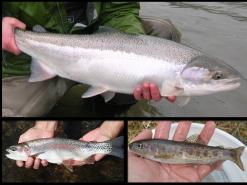
Steelhead / Rainbow / Redband Trout (Documented)
Oncorhynchus mykiss ssp
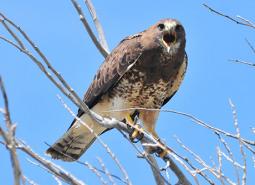
Swainson’s Hawk (Observed)
Buteo swainsoni
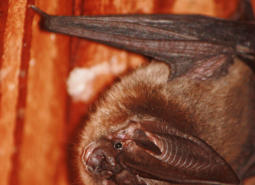
Townsend’s Big-eared Bat (Observed)
Corynorhinus townsendii
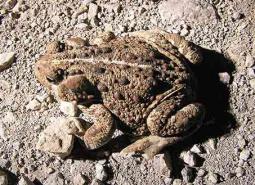
Western Toad (Modeled Habitat)
Anaxyrus boreas
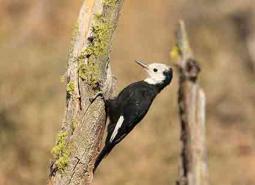
White-headed Woodpecker (Observed)
Picoides albolarvatus
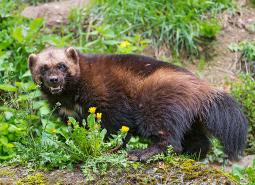
Wolverine (Modeled Habitat)
Gulo gulo
